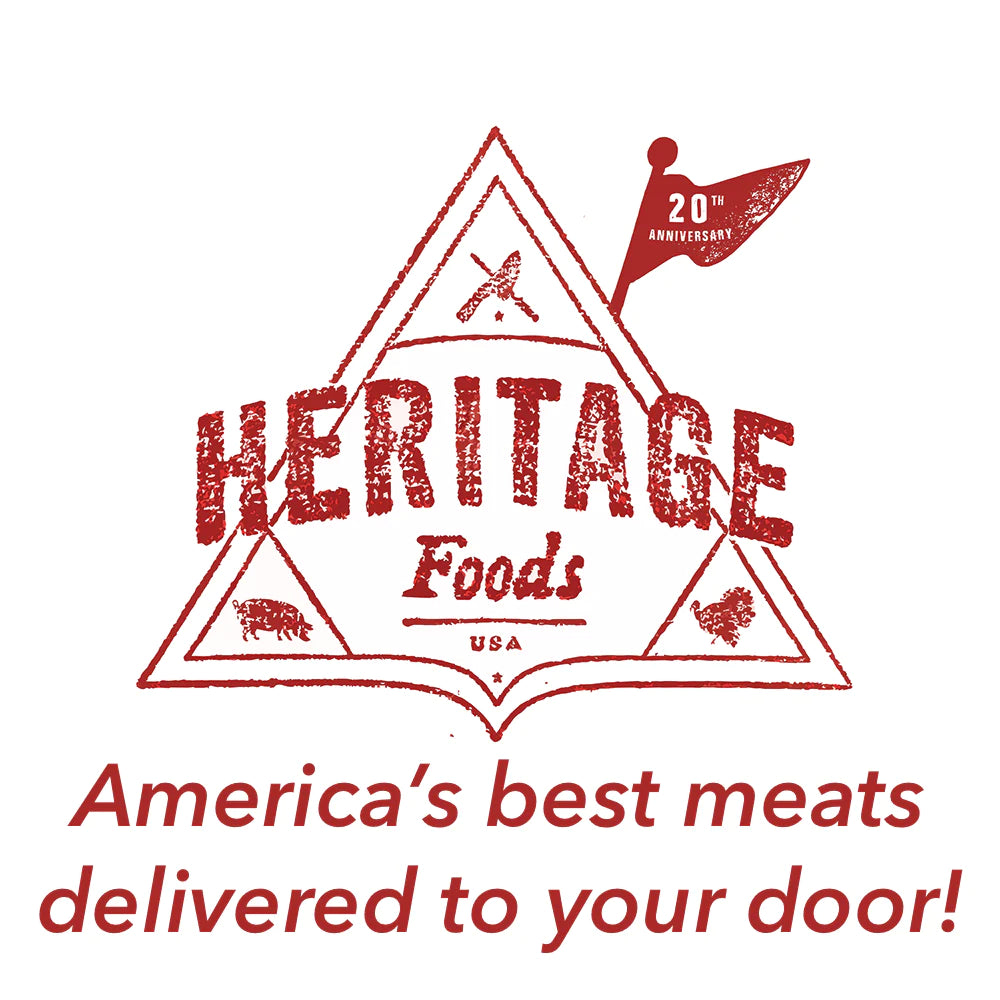
American Hatcheries in the 20th Century!
In the late 1920s, rural towns and farmer economies flourished thanks to an expanded railroad system that shrunk time and space, and the arrival of electricity, which brought with it refrigeration and the ability to run larger incubators and hatcheries to raise more turkeys.
Hatcheries are the source of all birds that we eat. In nature, the hatchery consists of a hen, an egg, and a nest. On a farm, the hatchery consists of an incubator machine where the embryos develop and the hatchery itself where poults spend their first few hours outside the shell. Hatchery numbers in America grew and grew during the early part of the 20th century. In 1918 there were about 250 operating hatcheries in the nation. By 1922 the number had climbed to 3,000. By 1926 to 9,000. And by 1934 there were 11,400 hatcheries — the peak of independent poultry production in the United States.
Agricultural diversity was thriving in the 1920s and 1930s as independent farmers — not corporations — made the decisions that controlled the industry. Different genetic lines co-existed and every region boasted a slightly different turkey variety. By the 1960s almost every independent hatchery was gone, replaced by a handful of companies led by Nicholas Turkey Breeding Farms, which shipped eggs around the country and created a monoculture.
Today less than five heritage-producing hatcheries remain for turkeys. These hatcheries maintain their own rare breeding flocks for breeds like the Narragansett and Bourbon Red — poultry semen cannot be frozen and lines are carried on only through living flocks. Frank Reese’s Good Shepherd Poultry Ranch is the only hatchery of the five to be certified by the American Poultry Association, the only group to define quality in poultry for the past 150 years.
Frank controls every aspect of turkey growth from selecting, to hatching, to raising the birds. Other types of hatcheries that exist are backyard hatcheries that produce a small number of birds and commercial hatcheries which are the source for almost every egg that Americans eat. These commercial hatcheries maintain great grandfather flocks of exclusively Broad Breasted White variety.
Follow the steps of turkey hatching on Frank’s farm, one of the last independent hatcheries left in the U.S.
